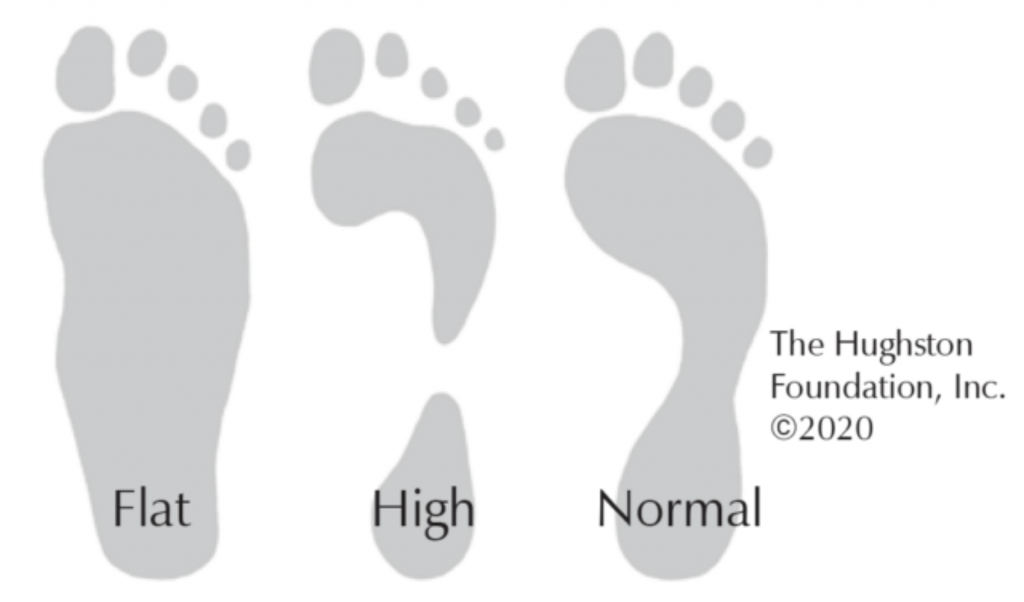Your arches are one of the most important parts of your feet.
They are the specs on the inner part of your feet and are one of the areas that are subjected to the most pressure.
They make it possible for your feet to maintain your body weight and also shift the energy your feet absorb while walking, running, jumping, and doing any sort of activity.
It is important to know your arch type in order to identify and buy shoes that will best support your body weight to relieve foot pain and prevent injuries such as plantar fasciitis.

Flat foot –
Pronation is a term used to describe the inward leaning motion of the foot and ankle bones towards the arch. The amount of pronation correlates with arch height. The more a person pronates, the flatter the arch will be.
Complication: Plantar Fasciitis, Morton’s neuroma, turf toe, callus, and corns around the pressure points due to prolonged excessive loading, and more.

High foot –
High arches are a genetically inherited condition where your arch is much higher or raised than normal. When weight-bearing there is significantly more space in between the floor and the arch.
Complication: Muscle fatigue around the shin, frequent ankle sprain, ligament laxity, micro-stress fractures, tendonitis, patella traction, compartment syndrome, and more.
Normal foot –
The normal arch has the middle part of the arch slightly raised from the ground when weight-bearing. A good test is to try and slip a piece of paper below the arch. If you can place the paper in between your foot and the floor you have a normal arch.
Research studies in foot biomechanics conclude that each stride/gait/walking/running depends on compensation, muscle imbalance, footwear attire, orthotics, age factor, and any medical history, such as hip imbalance, scoliosis, arthritis, gout, diabetes, accidents, and surgeries.

You don’t need a fancy tool or specialist to figure out your foot arch type. All you need is some water and cardboard.
- Dip your foot in some water so that it covers at least the bottom of your foot.
- Step on a piece of cardboard. Step naturally like you would if you were standing or walking.
- Look at your footprint, specifically the area between your heel and your toes. This area is the sole of your foot.




